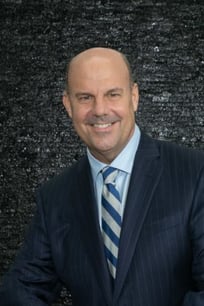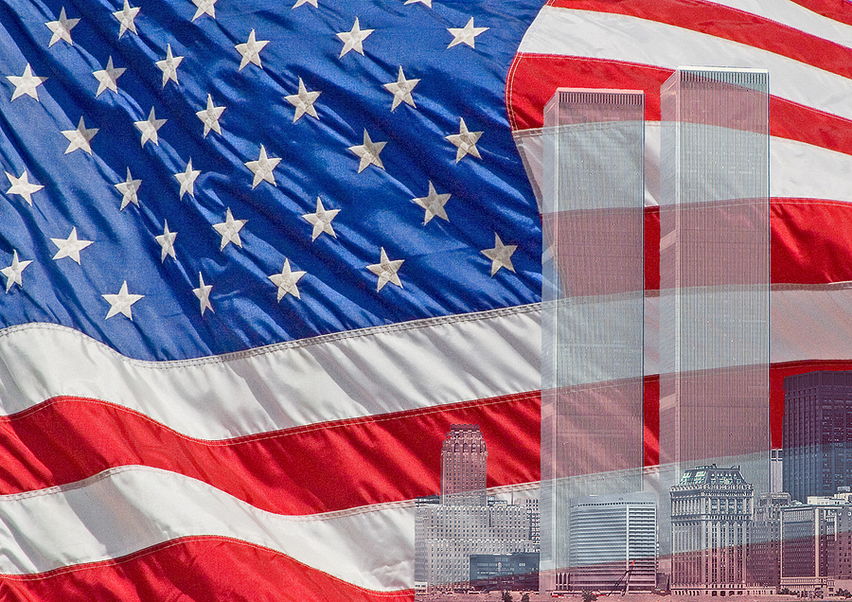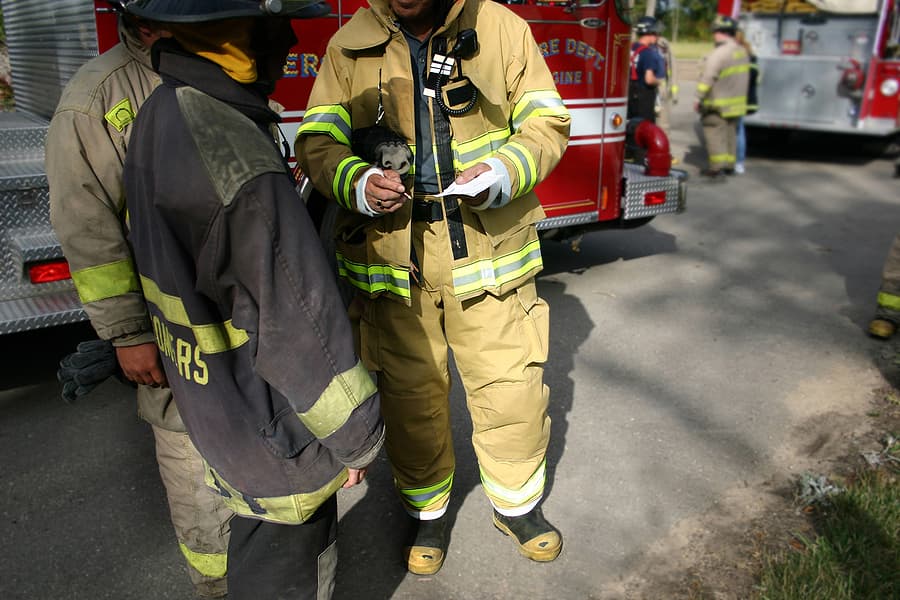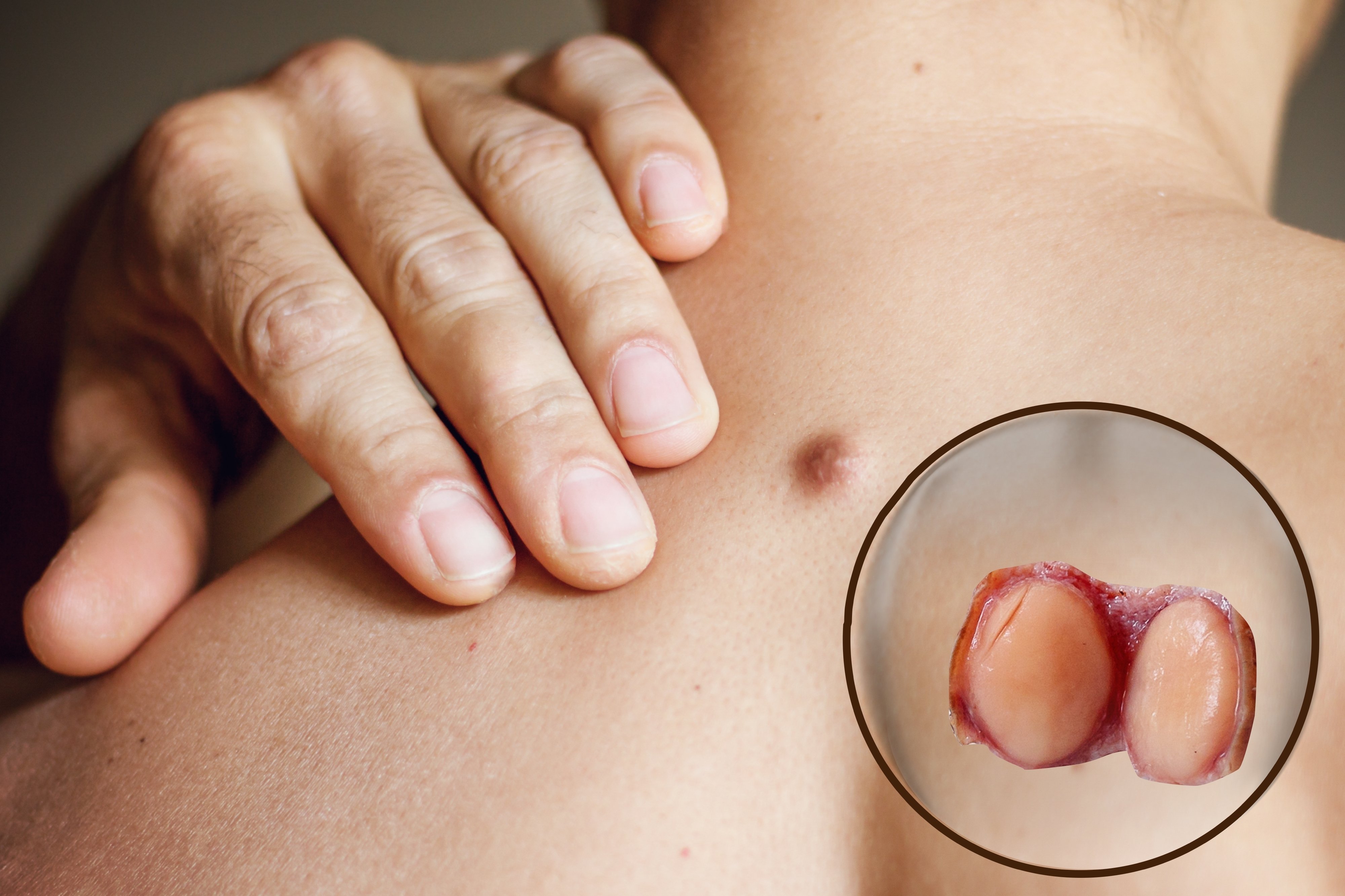More Than 23,000 Cases in 20 Years: 9/11 Cancer Statistics
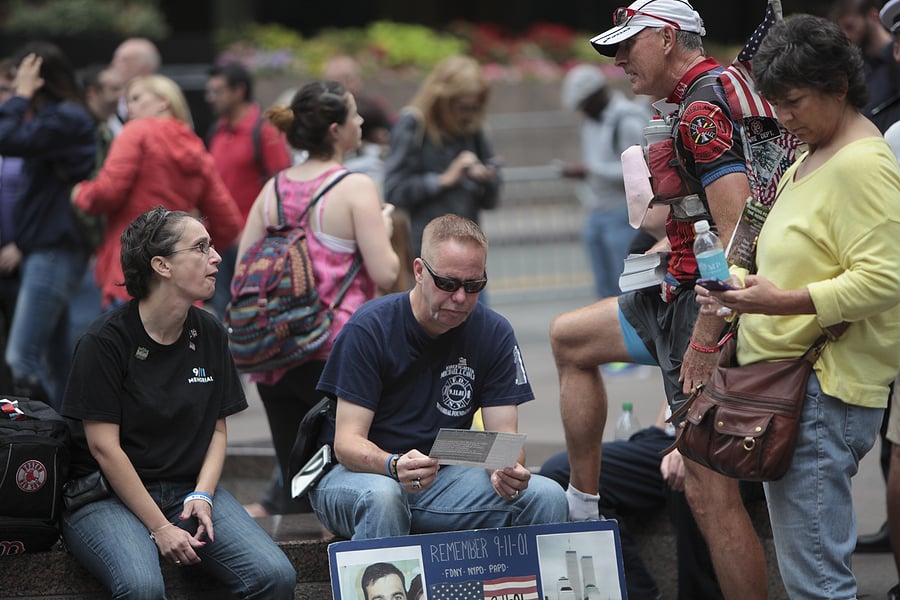
As the 20th anniversary of the September 11, 2001 terror attacks on New York City, at the Pentagon, and in Shanksville, Pennsylvania approaches, more than 23,000 cases of cancer have been linked to toxic exposure at the attack sites. Additionally, the deaths of more than 1,500 people have been directly linked to these cancers.
Unfortunately, while these numbers seem extreme, they do not surprise health experts. However, they worry that the country will experience a third wave of deaths related to the attack, citing several concerning health reports and the knowledge of how cancer latency periods work.
The Increase in Cancer Among 9/11 Survivors and Responders
The dust contained in the toxic dust plume that enveloped Lower Manhattan after the 9/11 terror attack on the World Trade Center was found to contain many known carcinogens. A carcinogen is a substance that is known or believed to cause cancer. Some of the carcinogens that were present in the 9/11 toxic dust plume include benzene, cement particles, heavy metals, insulation particles, glass fibers, and dioxins released from the burning plastics.
A study released last year from researchers at the Icahn School of Medicine at Mount Sinai in New York City, which focused on 29,000 general responders—most of whom were police and recovery workers at Ground Zero—revealed the following statistics regarding 9/11-linked cancer:
- General responders are 9 percent more likely to experience any type of cancer than individuals who were not exposed to the toxic dust plume.
- The group was far more likely to experience certain types of cancer, with a 41 percent increase in the risk of acquiring leukemia, a 25 percent higher risk of contracting prostate cancer, and an alarming 219 percent increase in thyroid cancer for this group, when compared to the thyroid cancer rate in the overall population.
- While prostate cancer is a common condition for men over 65, researchers found that the disease developed even in younger responders and tended to be more fast-growing and aggressive than expected. The inhalation of toxic dust may cause cellular events in the bodies of responders that lead to an increased number of inflammatory T-cells responsible for causing the disease. Inflammation is commonly linked to worse outcomes for certain types of cancer, including prostate and breast cancers.
What is a Latency Period?
The reason people are just now being diagnosed with new cancers 20 years after exposure to the toxic 9/11 dust plume is because cancer has a latency period. The latency period is the time that passes between when an individual is exposed to a carcinogen and when cancer appears in their body as a result of the exposure.
Many types of cancers do not appear until many years after the exposure.
For example, the Centers for Disease Control and Prevention (CDC) has listed the minimum latency periods associated with the following cancers linked to 9/11:
- Mesothelioma: 11 years.
- Thyroid: 2.5 to 4 years, based on low estimates used for lifetime risk modeling.
- Most childhood cancers: 1 year. It is important to remember that an estimated 35,000 children lived or attended schools or daycares in the New York City disaster area on September 11, 2001, or in the months that followed.
As stated in the CDC report, “The formation of a tumor is a complex process, and tumor progression occurs by a sequence of randomly occurring changes in genetic material that alter cell functions such as proliferation, survival, and growth inhibition, as well as other cellular changes needed to overcome the normal barriers to becoming malignant.”
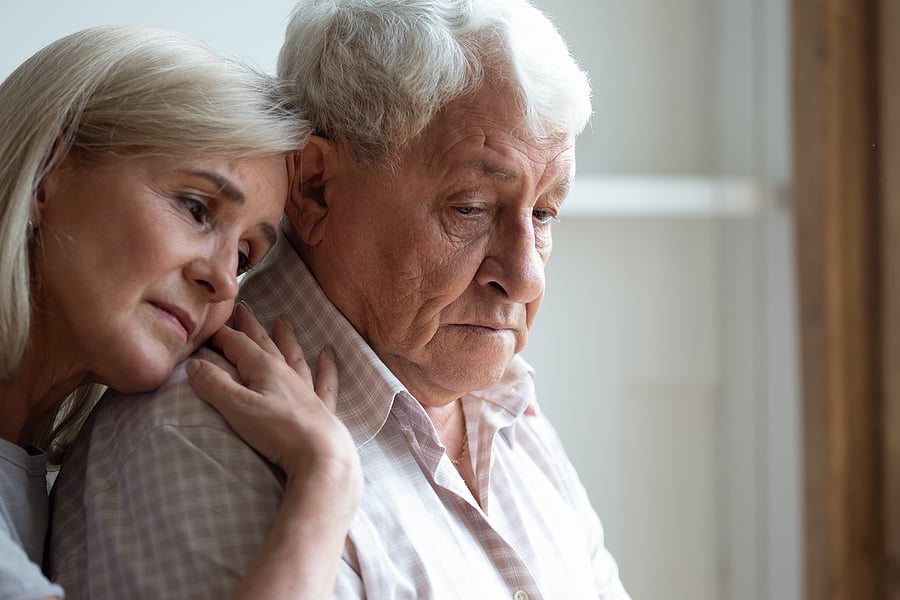
Survivors are Getting Older, Which Also Increases Risk
As noted above, malignant cancer can develop slowly. While the expiration of latency periods for cancers is a big contributor to the increase in new cancers being diagnosed in 9/11 responders and survivors, other factors also make it more likely that these affected groups will continue to see an increase in cancer.
One of those factors is age. In 2001, the average age of responders at the attack site was 38. It has risen to 55, with many of the responders now in their seventies.
As explained by the medical director at Mount Sinai Hospital’s WTC Health Program in 2018, “In an aging population, you’re going to see a rising cancer rate, no matter what.”
How Experienced Trauma Can Increase Cancer Risk
Another factor that is causing a rise in cancer diagnoses among 9/11 responders and survivors is how they responded to the trauma they experienced. Symptoms of Post-Traumatic Stress Disorder (PTSD) are among the most common health impacts to affect 9/11 survivors and responders, with an estimated 20 percent of those directly exposed to the disaster suffering from the condition.
Two decades later, many of the survivors and responders continue to experience PTSD and other mental health issues including anxiety, depression, and substance abuse disorders.
The mental health issues stemming from the terror attacks can cause sufferers to engage in risky lifestyles, including abusing alcohol and drugs, smoking cigarettes, and engaging in indiscriminate sexual activity, all of which can potentially lead to certain types of cancers.
The Extreme Costs of Cancer
Mount Sinai’s program sees about 15-20 referrals for the WTC Health Program each week. The program provides medical treatment and monitoring of health conditions that are linked to the sufferer’s exposure at one of the 9/11 attack sites. The other four Centers for Excellence provided by the program accept referrals for responders and survivors, as do providers across the nation who have networked with the WTC Health Program to provide services.
It is important for these facilities to continue providing treatment, as an American Cancer Society Action Network report has revealed that the disease is unaffordable for most people and extraordinarily costly for society as a whole.
In the U.S., cancer patients pay about $5.6 billion a year out-of-pocket for their treatments. However, this is only a small piece of the pie when it comes to cancer costs, with private insurance and Medicare accounting for the largest shouldering of the burden. What this means is that everyone is paying for cancer treatment, whether through tax dollars or an increase in insurance premiums.
The total cost of cancer spending in the U.S. is around $183 billion a year.
Seeking Assistance for Your 9/11-Linked Cancer
Two federal 9/11 benefits programs assist those who suffer from cancer related to their 9/11 toxic exposure. These programs include the World Trade Center Health Program—commonly referred to as the WTC Health Program or WTCHP—and the September 11th Victim Compensation Fund (VCF)
WTC Health Program
If you were exposed to the known carcinogens at the 9/11 attack sites, you can obtain health care monitoring services from the WTC Health Program at any of its five Centers for Excellence, as well as through networked providers across the country.
This monitoring includes annual screenings to check for 9/11-related conditions. If you are diagnosed with a 9/11-related cancer, the program will also cover all costs of your treatment, including your prescription medication, as long as you seek these services from an affiliated provider or pharmacy.
The WTC Health Program’s services can be accessed through an online application process in which applicants are required to show proof of their exposure to a 9/11 terror attack site on the day of the attack or in the months of recovery and cleanup that followed. The eligible amount of exposure and the time during which this exposure occurred varies, depending on which site the survivor or responder was located at and when.
The VCF
The cost of treating 9/11-related conditions—particularly those that require particularly long or intense treatments and have a high likelihood of recurring or producing debilitating effects—aren’t the only costs encountered as a result of the diagnosis. Individuals who are suffering from cancer are often unable to work while their disease is being treated or incur permanent disabilities that result in a loss of both income and earning capacity.
Their lives and the lives of their family members are greatly impacted during the illness and treatment. Further, the loss of a loved one to a 9/11-related illness produces profound emotional and financial implications for family members left behind.
The VCF provides compensation for wage loss and pain and suffering damages that are incurred by those who have been diagnosed with a 9/11-related condition, as well as compensation for family members whose loved ones have died as a result of these conditions.
The VCF requires that those interested in filing a claim register with the program within two years of the date on which a covered condition was certified through the WTC Health Program or two years from the date of death for a loved one who has died from a certified covered condition.
Registration with the VCF is not the same as filing a VCF claim, it merely reserves your right to file a claim at any time between now and October 2090. To obtain funds, you must file a claim. This process can also be done and requires proof not only from the WTC Health Program of a certified covered condition, as well as other documentation needed for the program administrators to prove and file your claim.
It’s Not Too Late to Get Help for Your 9/11-Related Cancer
To many, 20 years seems like a long time to be looking for illnesses resulting from 9/11. However, as latency periods expire, the survivors and responders continue to age, and more affected individuals learn about the federal benefits programs and seek assistance through them, experts are expecting to see more new cases of 9/11-related cancers, not less.
9/11 benefits attorneys have been assisting the survivors and responders of 9/11 with getting the help they need through the federal benefits programs since shortly after the terror attacks occurred.
We understand that a potentially deadly disease can overwhelm anyone and that applying or filing for federal benefits through these programs often prompts questions about how to proceed. An attorney will gladly answer your questions, evaluate your claim, and determine how to best assist you.
In addition to the VCF and the WTC Health Program, there are other state, local, and federal organizations that assist those harmed on 9/11, including the Social Security Administration’s SSDI payments, which help individuals who can’t work because of a disabling condition.
Contact an attorney that can assist you in applying for all of the benefits you deserve.
